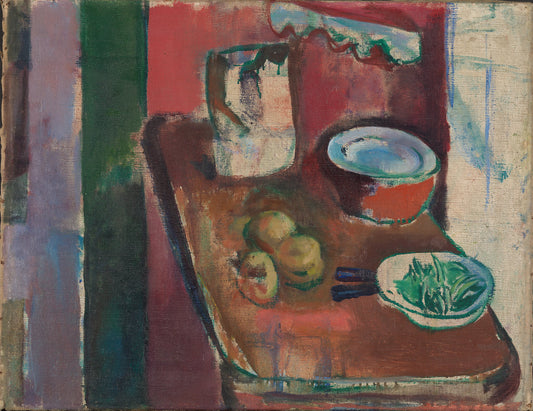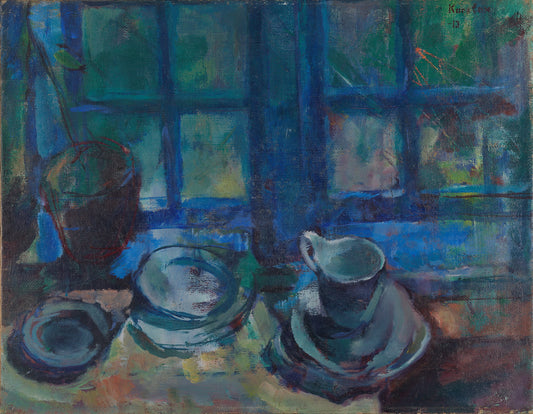Collection: Ludvig Karsten
-
Spring, Skagen
Vendor:Ludvig KarstenRegular price From 150,00 NOKRegular priceUnit price per -
The red kitchen
Vendor:Ludvig KarstenRegular price From 150,00 NOKRegular priceUnit price per -
The blue kitchen
Vendor:Ludvig KarstenRegular price From 150,00 NOKRegular priceUnit price per -
In front of the mirror
Vendor:Ludvig KarstenRegular price From 150,00 NOKRegular priceUnit price per -
In the brewhouse
Vendor:Ludvig KarstenRegular price From 150,00 NOKRegular priceUnit price per -
The man with the silver mug
Vendor:Ludvig KarstenRegular price From 150,00 NOKRegular priceUnit price per







